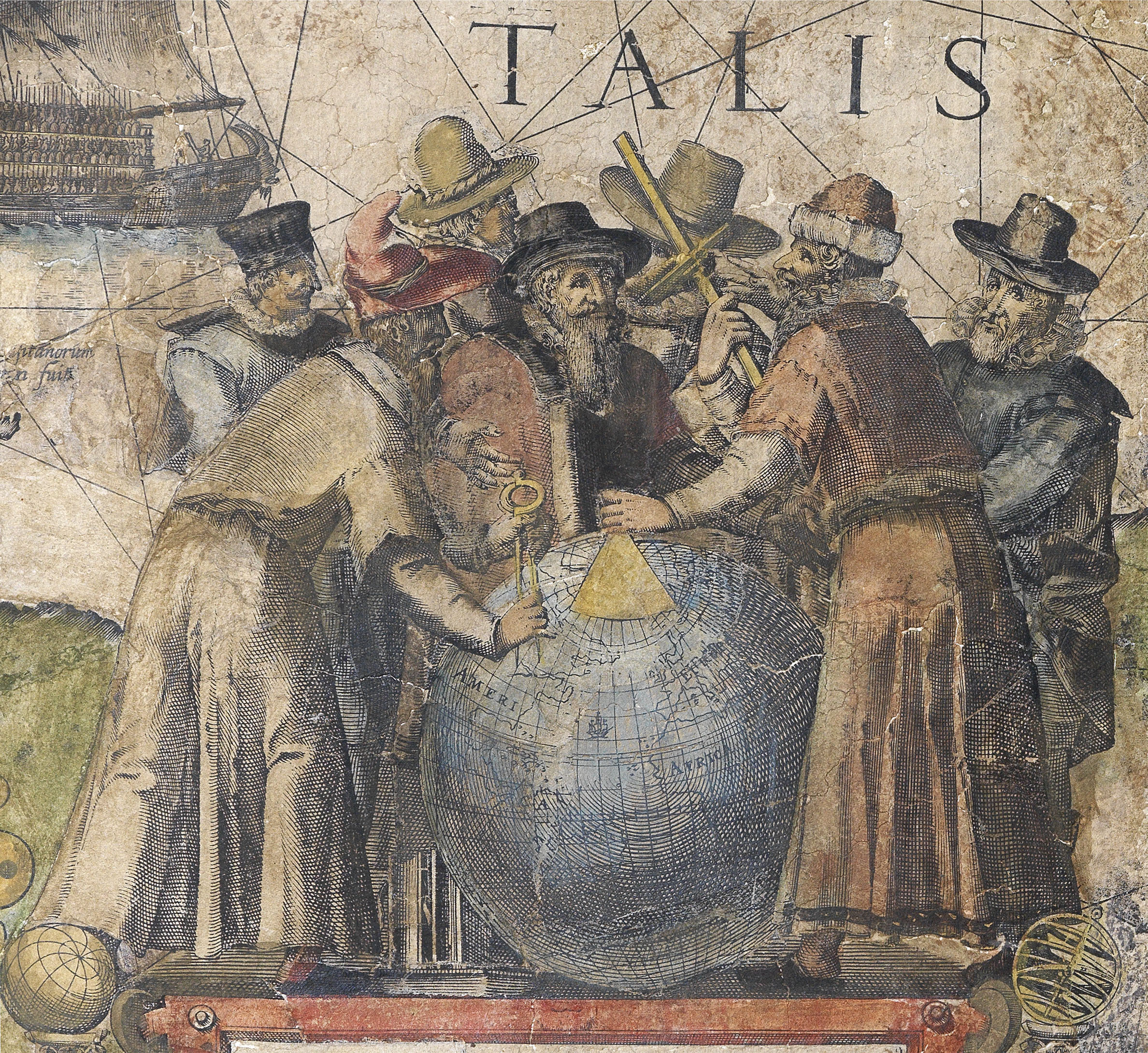Bernard Romans
(c1720 - c1784)

Bernard Romans was born in Delft, but emigrated to America in about 1757, where he worked as a surveyor and cartographer. It seems likely that he had already received training as a military engineer; during the Revolutionary War he served with the American army as an engineer. In 1766 he was appointed Deputy Surveyor of Georgia, and in 1768, Principal Deputy Surveyor of the Southern District of America, working with John Gerard William de Brahm, the Surveyor General.
In the late 1760s Romans conducted a series of surveys of the coasts of Florida, while also conducting surveys for landowners of the region. In 1773 he issued a prospectus with proposals to print ”three very elegant and large maps of the Navigation, to, and in, the new Ceded Countries [Florida] … [with] a Book containing very plain and easy directions to Navigators to that part of the World, and a Concise Natural History of the said Countries”.
The first volume of the book appeared in 1775, A Concise Natural History of East and West Florida, but it appeared a week after the Battles of Lexington and Concord, delaying publication, which affected sales, while the second volume was destroyed in an arson attack on the printer by American patriots. The two whole sheet maps were published only in 1781.
Caught up in the outbreak of the war in Massachusetts, Romans published a map of New England to show the Seat of War in America (1775), a map of Connecticut and parts adjacent (1777), A Chorographical Map of the Country round Philadelphia (1778), and A Chorographical Map of the Northern Department of North America (1778).
While on military duties with American forces, he was captured by the British. This final phase of his life is entirely uncertain; some sources say he was captured at Stony Point in 1779, others on the high sea in 1780, that he was imprisoned in England or Jamaica, and that he died at sea or was murdered after his release in 1784.
As a celebrated source, his name was frequently utilized on maps and title-pages to add authority, notably Sayer and Bennet’s map of the Southern British Colonies, from their American Pocket Atlas (the Holster Atlas).
 地图
地图  地图集
地图集  珍本
珍本  版画
版画  天文仪器
天文仪器 






